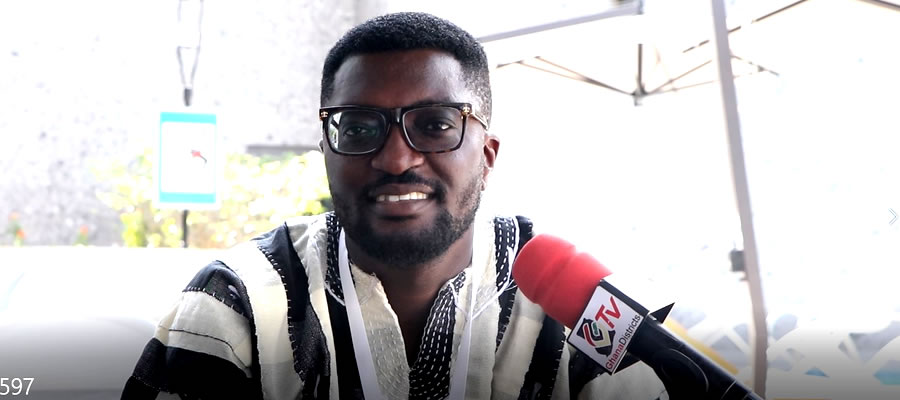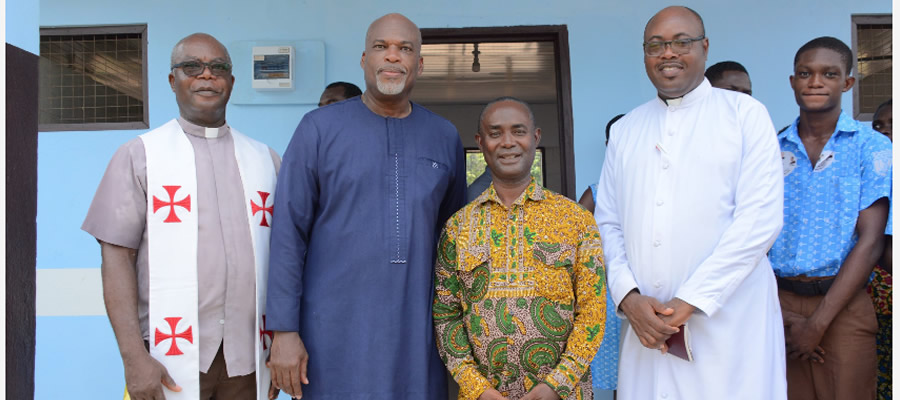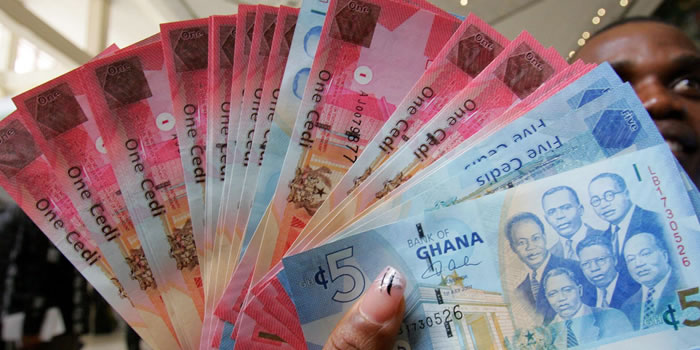

Traditional Administration
There are three traditional areas in the Nsawam Adoagyire Municipal. These comprise the following:
• The jurisdiction of the Nsawam Traditional Area comprises Djankoma, Adamukrom, Oparekrom and Kojokrom.
• Adoagyiri Traditional Area covers Amoakrom, Owuraku, Akwamu, Kkfisah, Okanta, Som and Oblegima.
• Sakyikrom Traditional Area covers Asante, Kwaku and Fankyeneko.
These traditional institutions are a potent-force in the running and development of the Municipality. They also resolve chieftaincy disputes and litigations over land, which if left unresolved can kill communal spirit and affect community development through sabotage and general unrest and violence leading to loss of life and destruction of social infrastructure. The situation can also lead to a situation where potential investors would consider the Municipality unsafe for investment.
AKUAPEM ANAFO
Head of Traditional Area:
Otoobour Djan Kwasi 11 (Aburihene & Akwapim Anafohene)
Sub-Chiefs:
1. Nana Opoku Ampong 11 (Ahwerasehene)
2. Nana Korkoe 11 (Kitasehene)
3. Nana Ode Teaa 11 (Asekyerehene)
4. Nana Afua Asabea Kyeiwa (Krontihemaa)
5. Nana Tetepo Agya 11 (Agonahene)
6. Nana Afua Safoah (Adehyehene of Atweasin)
7. Nana Kwafo Krabea (Krontihene)
8. Nana Apeadu Bediako (Sanahene)
9. Nana Korankye Bediatuo (Tufuhene of Akwapem Traditional Area)
10. Nana Kwame Takyi (Adehyehene)
11. Nana Afua Asabea (Asekyere Nkosohemaa)
12. Nana Addo Mensah (Konkonuruhene & Gyasehene)
13. Nana Kwaku Botwi (Guantoahene)
14. Nana Kwame Aboah (Apagyahene)
15. Nana Opare Kwamena (Mmerantehene)
16. Nana Oteng Yaw IV (Kyidomhene)
17. Nana Bosompem Yiadom (Amanonehene)
18. Nana Yirenkyiwa Akwaforo 11 (Tufohene of Akwapim Traditional Area)
19. Nana Saah (Gyasewahema)
20. Nana Awuku Djan (Amanonehene)
21. Nana Ayesu Prem 11 (Oyokohene)
22. Nana Daosu Kwadwo 11 (Ankwa-Dobrohene)
23. Nana Kofi Boateng (Apesemakahene-Konkonuru)
24. Okyeame Kwadwo Asiedu (Omanhene’s Linguist)
25. Okyeame Akonor
26. Okyeame Kofi Adu
Tourism
Traditional Authority which is embedded in chieftaincy institutions is perhaps the oldest and much revered institution in the country. The positions, traditional status and sphere of influence of chiefs in the Kwabre District unlike other areas, present a complex interwoven web-like phenomenon.
Some of the traditional rulers are ‘Abrempong’ who fall directly under the Asantehene as exemplified by the chief of Adanwomase whilst other chiefs come under the jurisdiction of Kumasi Traditional Chiefs and owe much allegiance to them, for example Swedru. The third category of the traditional rulers falls under paramount chiefs such as Mampong and Nsuta.
The situation presents much problem in terms of mobilization of the people for development through the chiefs, because they (Chiefs) are not rendered as a unified factor around which the people could be rallied together as a result of their differences in interest and allegiance.
In spite of these seemingly tracheotomy of traditional interest, the chiefs and people of the area have in common traditional festivals such as ‘Akwasidae’ and ‘Awukudae’ which are basically ‘stool cleansing’ and renewal of allegiance to the Golden stool. In addition, stool cleansing administered by the Asantehene through the chiefs.
Under the auspices of the District Assembly the chiefs and their female counterparts have been brought together to form chiefs and queen mothers association as a first step for development intervention.
Ethnic Diversity
With regard to ethnic diversity, the District to a large extent is homogenous with the Akans who form about 83.5%. In all about 10% of the entire District Population come from Northern Ghana. The people of Northern extraction are mainly migrants who are used as farm hands.
Communal Spirit
The communal spirit within the various communities is high. This is depicted by the contribution of these communities to donor funded programmes like the Micro Projects and Rural Water and Sanitation Programme. Under the Micro Projects Programme communities are expected to contribute 25% towards capital cost while communities are required to contribute 5% towards the provision of Boreholes under the water programme. Aside these donor funded programmes, some communities initiate their own programmes and ask the Assembly for help. All the above depict a high communal spirit on the part of the populace.
Chieftaincy Disputes
Most of the towns in the District are saddled with chieftaincy disputes which does not augur well for development. Because the people are divided along traditional lines, it becomes very difficult for the people to unite in order to embark upon any developmental programme. This retards progress and has been the bane of the District in its attempt to move forward.
Implications For Development
The ethnic structure and its predominately homogenous nature portrays the stability of the District.
Chieftaincy disputes result in ethnic conflicts, which can hamper development. Again, the absence of a festival which would serve as a rallying point for the people in the District hampers development. There is therefore the need to put in place a festival that portrays the culture of the people. An Adikra festival to showcase the rich Adinkra cloth is being pursued to serve the purpose.
The high communal spirit when sustained can enable the communities’ contribute positively to the developmental efforts of their towns.
Hotel
There are also Hotel/Guest house services available in the Municipality. These include, Joy of Peace Hotel, Change Guest House, Okyeman Hotel, Kwamen’s Hotel, Saklumsah Hotel, Little Acre, Botanical Gardens Guest House, Papaye Restaurant, etc.
Date Created : 11/27/2017 1:04:05 AM













 facebook
facebook
 twitter
twitter
 Youtube
Youtube
 +233 593 831 280
+233 593 831 280 0800 430 430
0800 430 430 GPS: GE-231-4383
GPS: GE-231-4383 info@ghanadistricts.com
info@ghanadistricts.com Box GP1044, Accra, Ghana
Box GP1044, Accra, Ghana